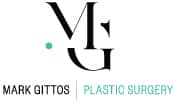Natural Breast Enlargement – Autologous Fat Transfer to Breasts in Auckland New Zealand by Dr Gittos
Autologous fat transfer, also known as a fat injection or fat grafting to the breasts is a good natural option for patients interested in a natural breast augmentation. This surgical procedure transfers excess fat from one area of the body to the breasts.
The goal is to make your breasts look bigger and with a better contour. This technique, however, is not for everyone. Fat grafting to the breasts is better suited to those who are looking to boost their bra size by around 1 cup at best, as well as patients who want more breast fullness.
Auckland Plastic Surgeon Dr Mark Gittos specialises in Breast Enlargement surgery and has performed more than 4000 Breast surgeries – making him one of the TOP breast surgeons in New Zealand.
Download Dr Mark Gittos’ Guide to Fat Transfer to Breast Surgery – Autologous Fat Grafting for Natural Breast Augmentation
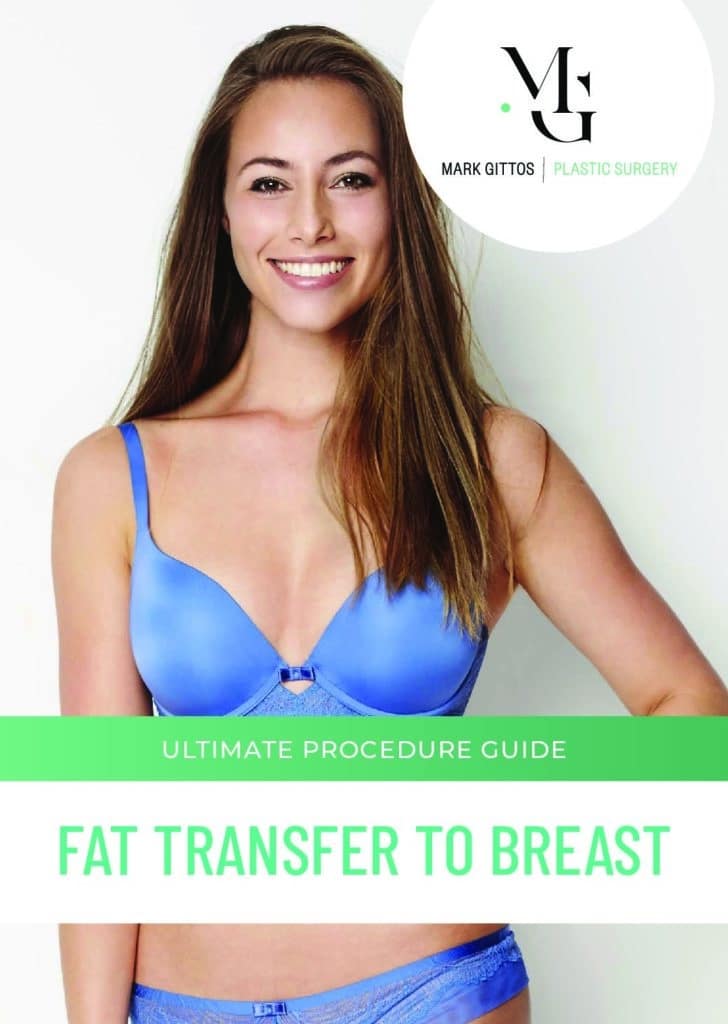
Fat Grafting to the Breasts – How Does It Work?
- Procedure duration: 3 to 4 hours
- Expected results: an increase of ½ or 1 bra cup size
- Initial recovery: 1 to 3 days
- Full recovery: a couple of weeks to a few months
Fat grafting to the breasts is a very popular cosmetic augmentation procedure. This is a safe and low-risk procedure when performed by an experienced plastic surgeon. But some patients can develop lumps of dead fat cells in the breast tissue. Other risks are fat reabsorption and infection.
Find out more details about risks of plastic surgery from Dr Gittos’s page.
Breast enlargement with your own fat is done with the help of liposuction. The fat is then processed and carefully injected into the breasts. This technique is meant to you shapelier and bigger breasts without having to rely on implants.
Wondering how big can you go with fat transfer to breasts? Fat injections provide a modest increase in cup size. You can expect an increase in ½ or 1 bra cup size per treatment. Anything more than that might require multiple procedures.
Combining Implants with Fat Transfer – Hybrid Breast Augmentation
Fat transfer during hybrid breast augmentation also has the potential to tackle limitations of soft tissue coverage of breast implants.
About the Fat Transfer Process
The surgery begins with anaesthesia. The type of anaesthesia used will vary based on the size of the spot that’s being augmented. Fat transfer and liposuction can use either local anaesthesia (for smaller areas) or general anaesthesia (for larger areas).
Dr Gittos will use liposuction to extract excess fat from other areas of the body. He can harvest the fat from the buttocks, tummy, flanks, or thighs. Centrifugal force is then used to purify the fat.
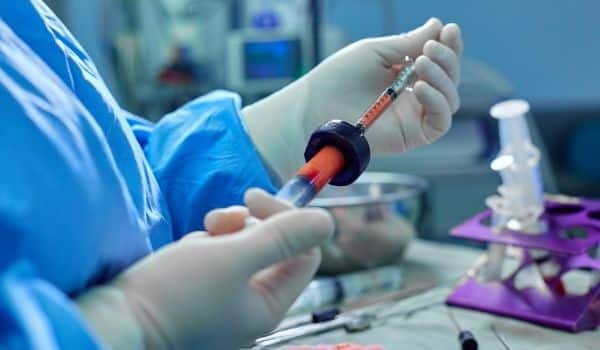
During fat processing, cell fragments, fluid, oil, and blood is removed. By getting rid of these agents, the remaining fat is ready to be injected. The processed fat is injected into the breasts, thus increasing their volume and restoring fullness.
So, is the transferred fat permanent? Roughly 40-60% of the injected fat will remain. But a portion of it is going to get reabsorbed. The amount of fat reabsorbed will vary from patient to patient. If you maintain a stable weight, that fat in the breasts generally remains.
If you lose weight, your breasts might be affected, just like other areas of your body. To make the most of this procedure, it’s best to eat well during and after recovery.
Benefits of Fat Transfer to Breasts
The benefits associated with fat transfer to the breasts are:
- Minimal scarring and incisions
- Aesthetically pleasing overall look
- More natural results
- Great shape of the breasts
- No side effects associated with breast implants
Dr Gittos will use a tiny needle to transfer fat to the breasts. Therefore, there is minimal scarring and a very small incision site. When using silicone or saline implants, the scars are more evident. The main benefit of fat transfer is that the fat is taken from other areas of the body and the procedure will slim down that area.
This creates pleasing, more natural results and a slightly better body shape. The breast tissue feels natural to the touch. Most importantly, you don’t have to worry about the downsides that come with breast implants, such as leakage or capsular contracture.
Why do Women Choose Fat Injections to the Breasts?
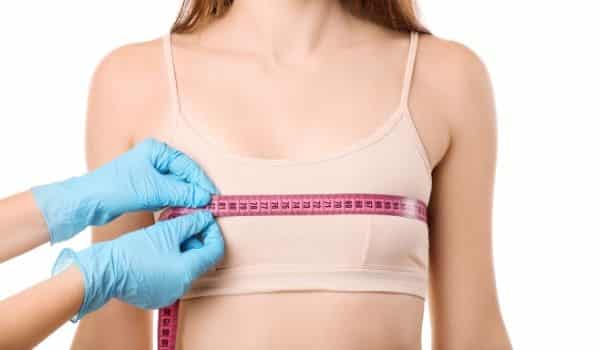
There are plenty of reasons why women prefer autologous fat transfer procedures. In most cases, those who don’t like to get bigger breasts with implants choose this natural breast augmentation instead.
Fat grafting is also a common technique used after a lumpectomy or mastectomy to reconstruct the breast. If you struggle with underdeveloped or misshapen breasts you might want to get this type of surgery. It can fix the asymmetry and enhance the appearance of the breasts.
Autologous fat transfer can be done alone or in conjunction with another procedure. The main advantage of using your own fat is that you don’t need breast implants. The final results look and feel natural and can contour the body.
Since the injection is used to transfer the fat, there will be less visible scarring on the breast. This enhances the appearance of the skin and gives it that natural feel. The results of this technique are visible soon after treatment. Some swelling is present but will fade away in time. However, it can take up to 4 months for you to enjoy the final results of the procedure.
Who Is a Good Candidate for Autologous Fat Transfer to the Breasts?
The best candidates are those who want a moderate augmentation and can keep a normal, stable weight. To be eligible for the procedure, you would need to have some extra fat on the donor site. This fat will be removed with Liposuction.
You are a good candidate for the fat transfer to the breasts if:
- You have small breasts and unwanted fat deposits in other areas of the body
- Your breasts may be asymmetrical
- You want just a moderate size enhancement
- You have had your implants removed and want replacement with your own fat
- You want fuller breasts
But, if you are looking for skin reduction and uplift as that of a breast lift or breast implant, then, this is not the option for you. Fat transfer can only offer half to one cup size increase and a minor breast asymmetry correction. For a better and more significant volume increase and shape, women use breast implants or breast lifts.
You are expected to remain committed to the whole fat grafting process before and after surgery. The goal is to maximise the outcome of the procedure so that the results will last.
Recovery after Fat Transfer to the Breasts
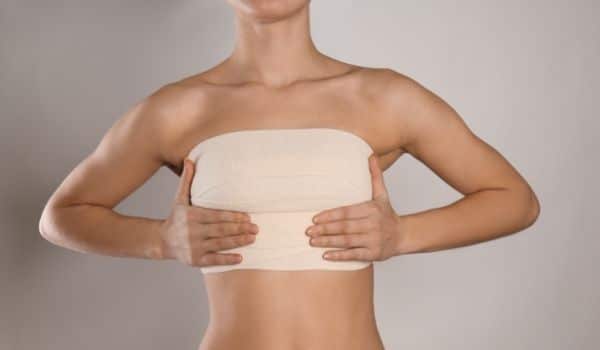
The fat transfer breast augmentation is usually performed under a general anaesthetic, meaning that during the procedure you won’t feel any pain. The anaesthetic will numb the area and give you a comfortable experience.
When the effects of the anaesthetic dissipate, you can leave the medical facility where the procedure was performed. Soon after the surgery, expect to have some breast soreness. The spot where liposuction was performed can be sensitive.
Liposuction can lead to bruising on the affected area. But this will subside in 7 to 10 days. It will be in your best interest that you rest for a day or two just so that the body can heal. The exact recovery period after fat injections will vary based on different factors.
Here is a general time frame for recovery:
- Removing dressings: 7 to 14 days
- Returning to work: 2 to 14 days
- Swimming: 4 to 6 weeks
- Physical activity and intercourse: 4 to 12 weeks
- Complete recovery: 2 to 12 weeks
Post-surgery, patients are often advised to wear compression garments for a week or two. Compression garments help with recovery by increasing your comfort during the entire healing process. The compression garment will apply pressure not just to the treated area, but around it as well. This prevents abnormal fluid build-up, reduces bruising, and shapes the final results.
During recovery, many women are asking how to sleep after fat transfer to breast. You would want to avoid adding direct pressure to the breasts. Especially in the first 2 to 4 weeks after the procedure. Most patients sleep on their back and keep the upper body elevated. This can be achieved by using some additional pillows or a recliner.
How Much Does Fat Transfer to the Breasts Cost?
To get an estimated cost for fat transfer to the breasts, contact Dr Gittos team.
Check out Dr Gittos’s pricing page here and keep in mind that there are financing options available to help you pay for your fat transfer to the breasts surgery.
Fat Transfer to the Breast Procedure FAQ
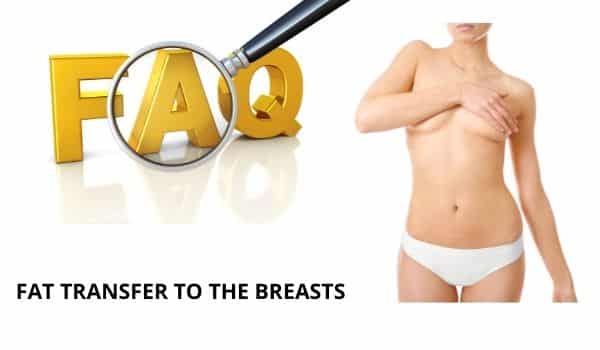
Can you transfer body fat to your breasts?
- With fat transfer breast augmentation, you can achieve exactly that. During this procedure, the surgeon will take fat from other sections of the body, process it, and inject it into the breasts. Since fat doesn’t have its own blood supply to stay alive, it will use the one present in the breasts. So, only a limited amount of fat can be used to get the desired result.
How long does it take for breast fat transfer to settle?
- Patients can expect their breasts to settle into the desired shape in roughly 6 months. But, some people can enjoy the results in 4 months. So, it depends on how quickly your body recovers. Some transferred fat will be lost or reabsorbed (maybe 40-50% over time)
How do you fix underdeveloped breasts?
- When trying to fix asymmetrical or underdeveloped breasts, surgery is considered the most efficient option. Breast augmentation with implants can correct overly small breasts, while fat transfer can address minor asymmetries.
How much fat do you need for a fat transfer to breast?
- Not every patient has the right amount of extra fat to get fat transfer to breasts. To efficiently increase the size of your breasts, the surgeon would need to harvest a minimum of 1,000 ml of fat.
Does fat transfer cause breast lumps?
- Hardened masses also known as lumps can appear after a fat transfer. These are often caused by fat necrosis. Regardless of the technique used, there is a 2% to 18% reported rate of fat necrosis post fat grafting.
What are the side effects of fat transfer to breast?
- There is a risk of infection, cysts, necrosis, and microcalcification. To retain your desired breast shape, you might need to get some touch-up injections.
Can belly fat be used for breast reconstruction?
- But, only if the donor region has enough extra fat. Most surgeons will use the thighs, back, flanks, or abdomen for fat harvesting. It is best to transfer the highest quality fat.
Should I wear a bra after fat transfer to breast?
- You should avoid wearing bras for 3 months after the procedure. A sports bra is a much better option as it will give the breasts the level of compression they need after the procedure is performed.
Further Reading and Medical References about Fat Transfer to Breast
- https://www.factmr.com/report/2701/autologous-fat-grafting-market
- https://www.plasticsurgery.org/news/blog/fat-grafting-history-and-applications
- https://www.ncbi.nlm.nih.gov/pmc/articles/PMC6882697/
- https://www.ncbi.nlm.nih.gov/pmc/articles/PMC7023966/
- https://journals.lww.com/prsgo/fulltext/2019/07000/fat_grafting_and_breast_augmentation__a_systematic.4.aspx
- https://www.ncbi.nlm.nih.gov/books/NBK542191/
About Dr Mark Gittos FRACS (Plast) – New Zealand Plastic Surgeon
Practice locations in Herne Bay Auckland, Northland and Bay of Plenty – Kerikeri, Whangarei, New Plymouth & Tauranga
Dr Mark Gittos is a leading Specialist Plastic Surgeon and operates a practice in Herne Bay, Auckland and in the UK. The practice focuses on both surgical and non-surgical procedures, each designed to help restore, improve or change a physical characteristic or problem. The first step in every case is to talk through your personal requirements and explore all the options, before deciding on the most effective solution.
Dr Mark Gittos offers high quality, natural-looking cosmetic surgery results and is highly experienced in Breast, Body and Face Surgery having performed over 4000 Surgeries in the last 26 years. With worldwide expertise Dr Gittos is an expert in breast, face and body surgery for men & women.
Naturally, before any treatment is begun, we will explain clearly the advantages and risk factors; so that you have the information you need to make an informed decision that is best for you. Visit the practice to find out more.

NEXT STEPS
Do your Research
- Read the Website and Blogs relevant to your procedure
- Browse our Frequently Asked Questions including how to choose a Surgeon for your procedure
- Download and read the FREE Guides to Surgery
What to Bring to your Plastic Surgeon Consultation
- Bring a friend or relative to help discuss the information and your choices
- Take lots of notes and read the documents provided thoroughly
- Dress in simple clothes as you may need to undress for examination
- Bring your medical referral and any relevant medical documents or test results
Book your Initial Surgery Consultation
- A Referral from your GP or specialist is helpful but NOT essential – you can have a consultation without a GP Referral
- Email us or Call on 09 529 5352 to arrange your surgeon consultation appointment.
- Book a consultation with Dr Gittos by paying the Consultation Fee – $325 incl GST
Please contact us to arrange to book a consultation with our Specialist Plastic Surgeon or to speak with our Patient Care Advisor.
Send an enquiry form today or phone 09 529 5352 during Clinic Hours.
